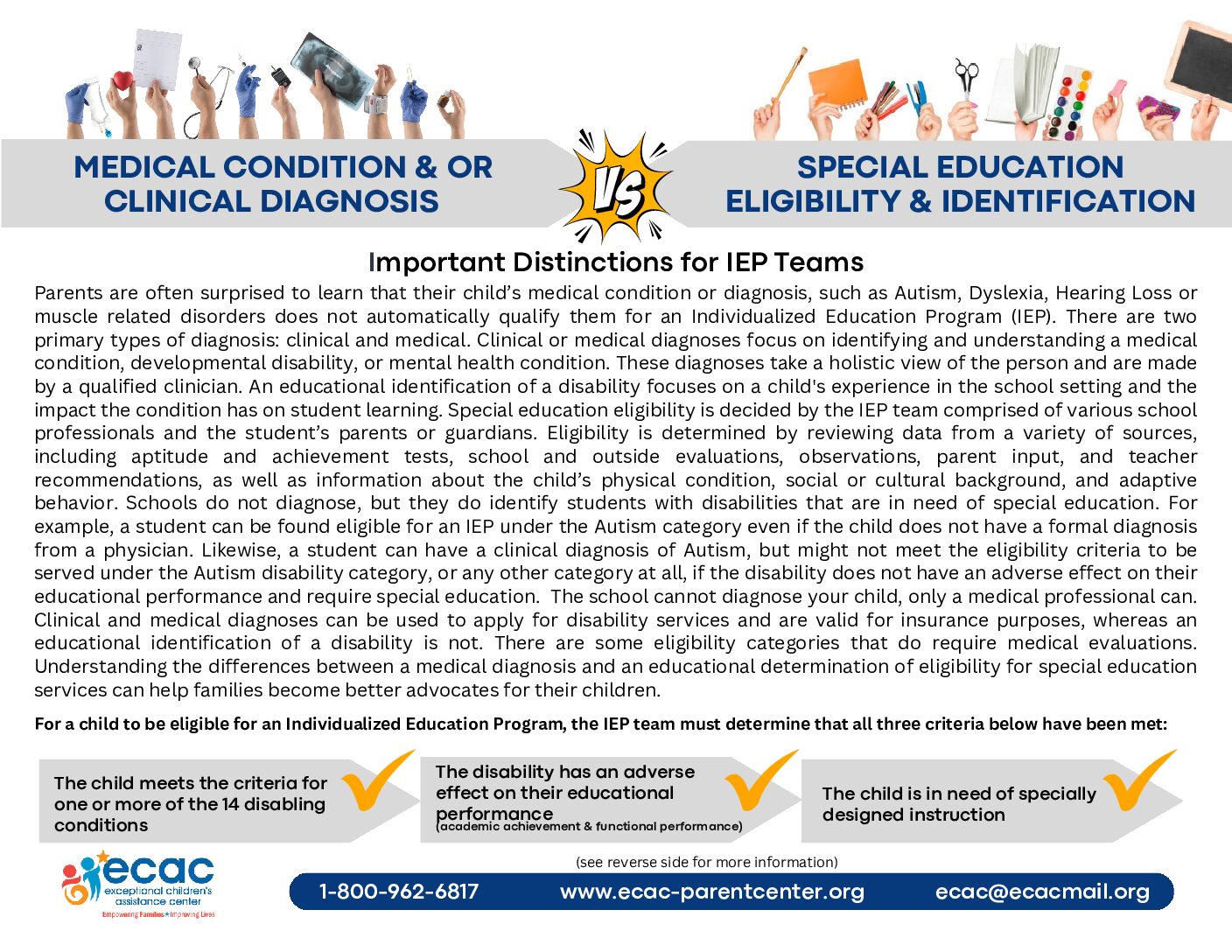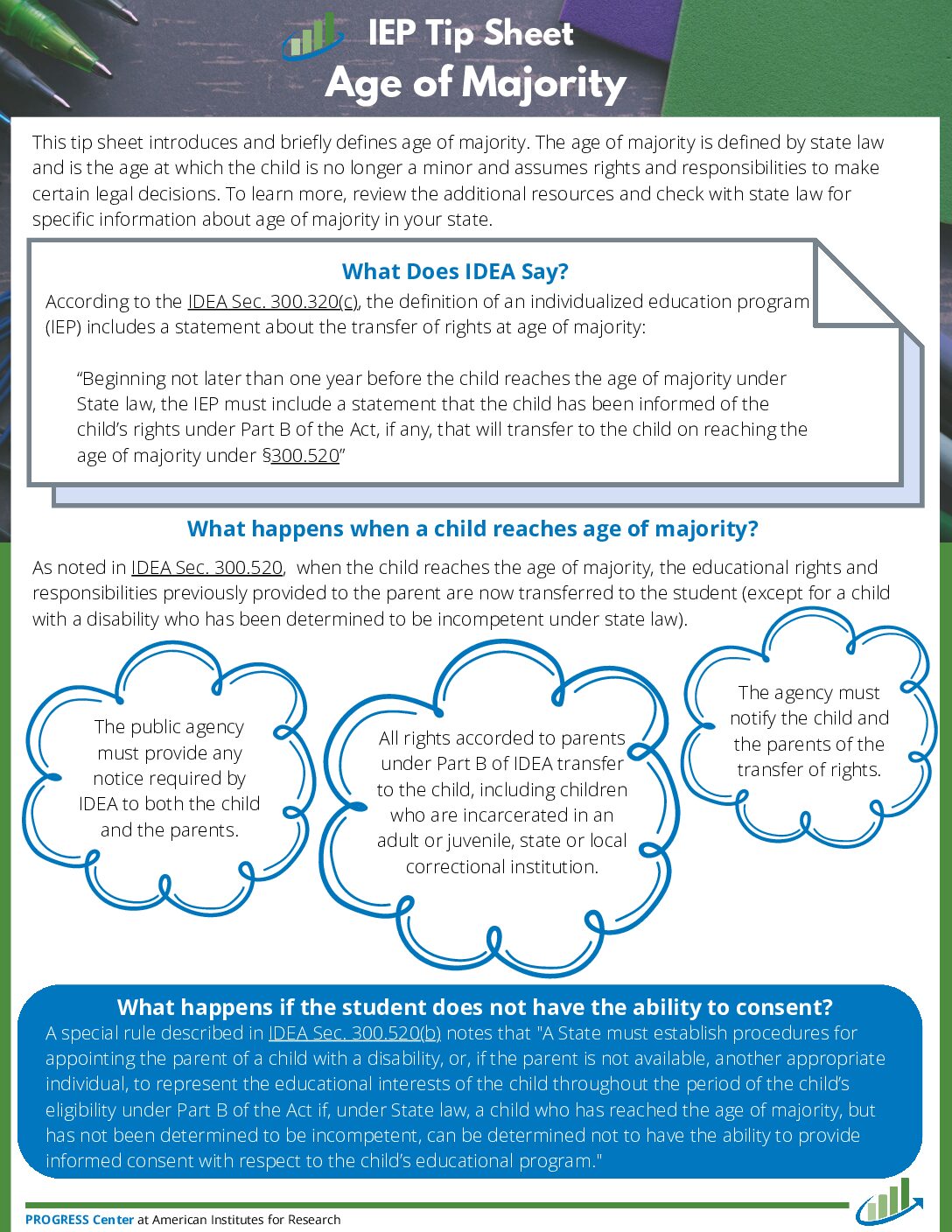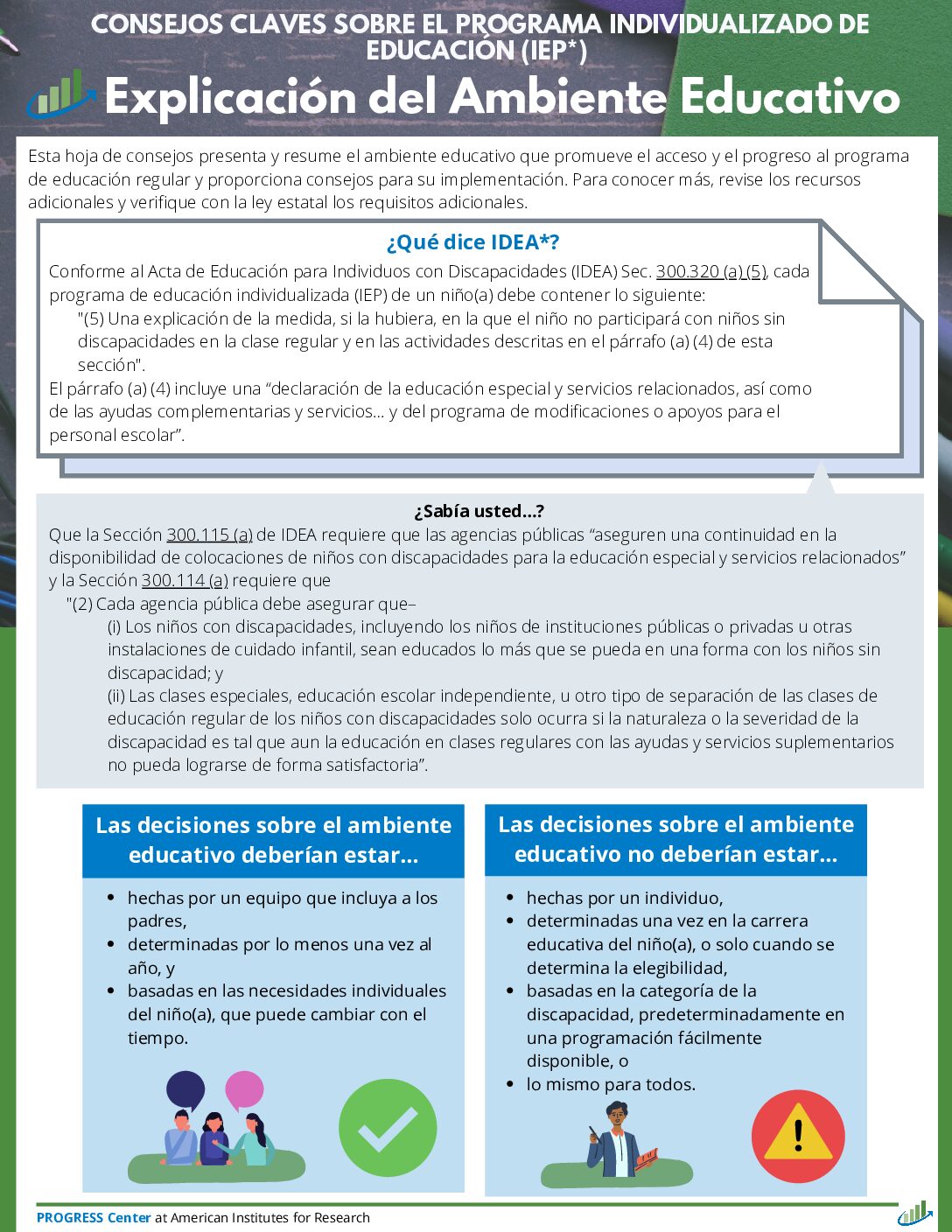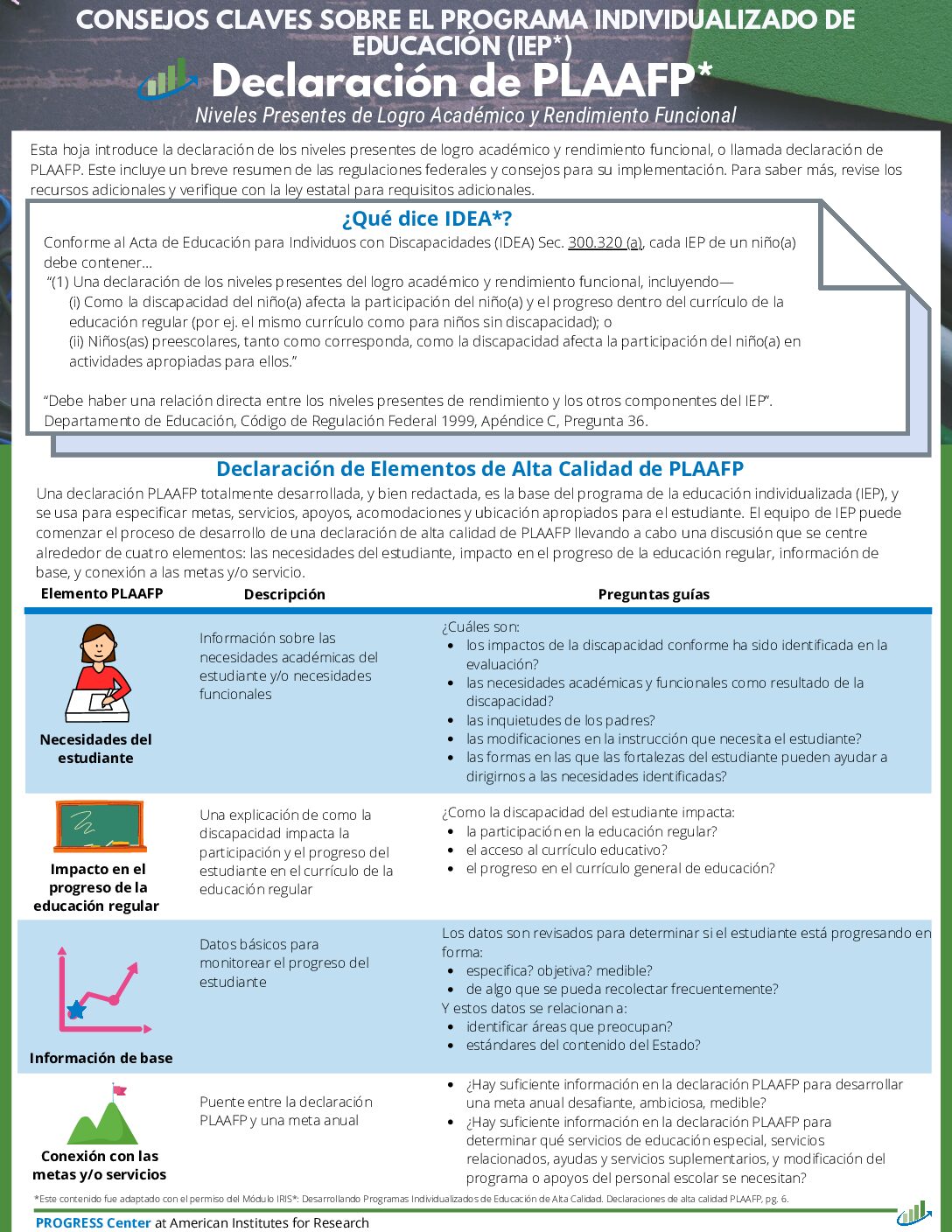
Each child is unique, thus the IEP must be as well
Special education is instruction that is specially designed to meet the unique needs of a child with a disability. This means education that is individually developed to address a specific child’s needs that result from his or her disability.
As a result, the Individualized Education Program (IEP) can be one of the most critical components of your child's success.
On this page, you’ll find general information, helpful tips, and downloadable resources—to help you effectively navigate the IEP process and ensure the best educational experience for your child. If you have any questions, please don’t hesitate to contact us.
The focus and curriculum vary per child
Because each child is unique, it is difficult to give an overall example of special education. Some students may be working at the pre-kindergarten grade level, others at the first, second, or third grade level.
There may be students whose special education focuses primarily on speech and language development, cognitive development, or needs related to a physical or learning disability. Special education for any student can consist of:
- An individualized curriculum that is different from that of same-age, non-disabled peers (Example: Teaching a blind student to read and write using Braille)
- The same (general) curriculum as that for non-disabled peers, with adaptations or modifications made for the student (Example: Teaching 3rd grade math but including the use of counting tools and assistive technology for the student)
- A combination of these elements


What the IEP covers, and what it does not
It is also important to remember that the education, services, and supports outlined in a child’s IEP do not necessarily cover that child’s entire education. The IEP only addresses those educational needs resulting from the child’s disability. If a child needs special education support throughout the school day, for all activities, the IEP will cover all these needs.
If the child doesn’t need special education support in one or more areas (for example, physical education, music, or science), then the IEP will not include these subjects. The child accesses them through the general curriculum/ class, with no additional special education services.
IEP Resources






























IEP tips to remember
- EVERY child can learn and make progress.
- The steps of the IEP Process must be followed in the correct order.
- The “I” in IEP stands for individualized. Your child’s IEP must reflect your child.
- The IEP should be specific, detailed and easily understandable by anyone – even if someone who is not a member of the current IEP Team.
- Special Education is NOT a place. Special Education is the supports and services your child receives through his or her IEP.
- On the IEP, Placement is NOT a location. Placement is the amount of time spent with special education services.
- Statements about your child’s Present Level of Academic Achievement and Functional Performance are critical parts of the IEP. They must be crystal clear and accurate.
- Goals need to be logical, measurable, and relevant to your child.
- The IEP Team should work together to reach a consensus. There is NO voting!
- Stay focused! Don’t get sidetracked.
- Parents are the constant – providing continuity to an ever-changing IEP Team.
- Lack of money and/or other resources does not exempt a school district from providing what a child needs.
- Don’t leave the meeting without a copy of your child’s IEP!
- Download a copy of ECAC’s IEP Checklist…and use it!

